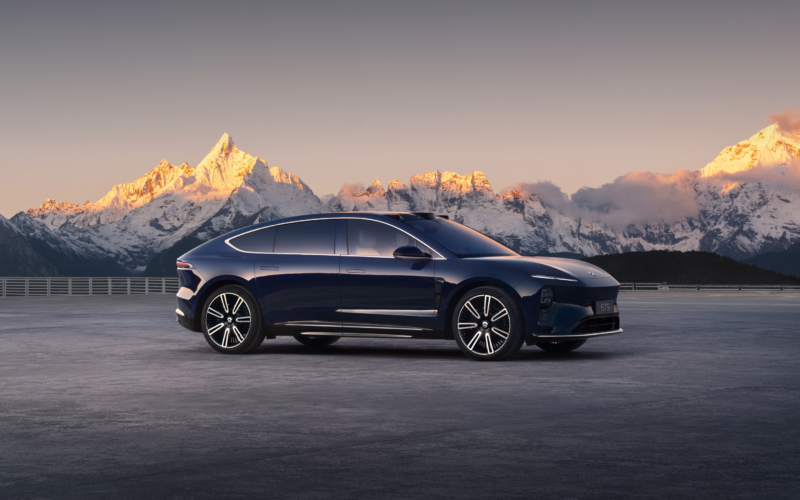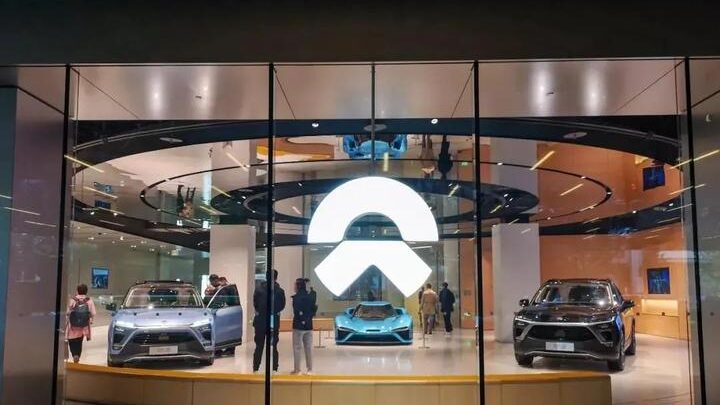Nio faces critical juncture as Q1 2025 financials disappoint
Chinese electric vehicle manufacturer Nio is navigating a challenging period, with its Q1 2025 financial report revealing significant setbacks, though Q2 guidance suggests a potential turnaround. The company’s automotive revenue fell short of expectations, and its vehicle gross margin dipped to approximately 10%, a new low. This decline was primarily attributed to discounts on older models and an unfavourable model mix, coupled with a 42% drop in sales that increased per-vehicle amortisation costs. Operating profit also missed projections due to high sales and administrative expenses, though these are anticipated to improve in the second quarter.
Nio’s cash reserves have significantly decreased, standing at 26 billion yuan (3.6 billion USD), a reduction of 15.9 billion yuan (2.2 billion USD). The company’s net cash levels are precarious at 9.3 billion yuan (1.3 billion USD), leading some analysts to suggest Nio has less than a year to stabilise its financial position. However, Q2 financing and a projected sales recovery are expected to improve the situation.

In response to these challenges, Nio is implementing several key strategies:
- Layoffs: Approximately 5,000 employees were laid off in Q2 2025, with the possibility of further reductions.
- Sales Channel Mergers: The Onvo sales system will be integrated into Nio’s existing sales channels.
- CBU Mechanism Implementation: Nio is splitting into independent business units to better measure return on investment (ROI).
- Supply Chain Reform: Efforts are underway to improve production and sales coordination and enhance cost control.
While Q1 performance is considered poor, analysts focus on Q2 improvements and Nio’s cash position as more critical indicators. The Q2 sales guidance, projecting 72,000-75,000 vehicles, and a rise in vehicle prices due to new model launches with fewer discounts, indicate a strong anticipated improvement.

However, not all sentiment is positive. Some analysts view Nio as risky due to limited cash and slow adjustments. Concerns have also been raised about the competitiveness of Nio’s current models compared to rivals in terms of range, configuration, and comfort. The upcoming “5566” model update is seen as focusing more on cost reduction than significant upgrades, and new models may not substantially boost sales volume. Analysts warn that Nio has limited room for further missteps and could face significant funding issues if sales decline in Q3.
Editor’s Comment
Nio’s current situation highlights the intense pressures within the competitive EV market. While the company is taking decisive steps to cut costs and streamline operations, the significant reduction in cash reserves and some analysts’ cautious outlook underscore these measures’ urgency. The success of Nio’s Q2 sales recovery and its ability to effectively integrate new strategies will be crucial in determining its long-term viability and whether it can truly “make it to the finals.” The coming months will be a critical test for Nio’s leadership and ability to adapt to a rapidly evolving industry landscape.



